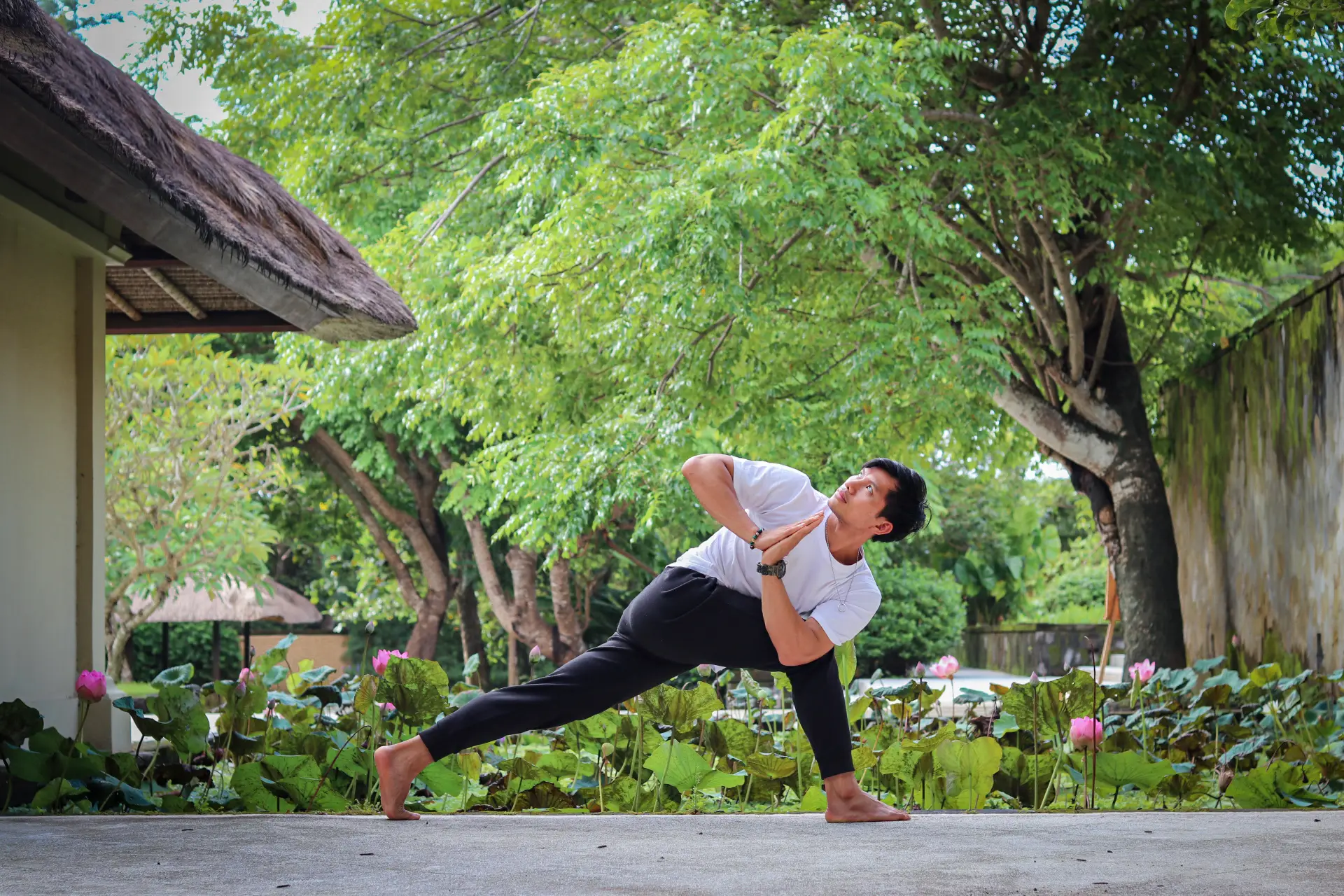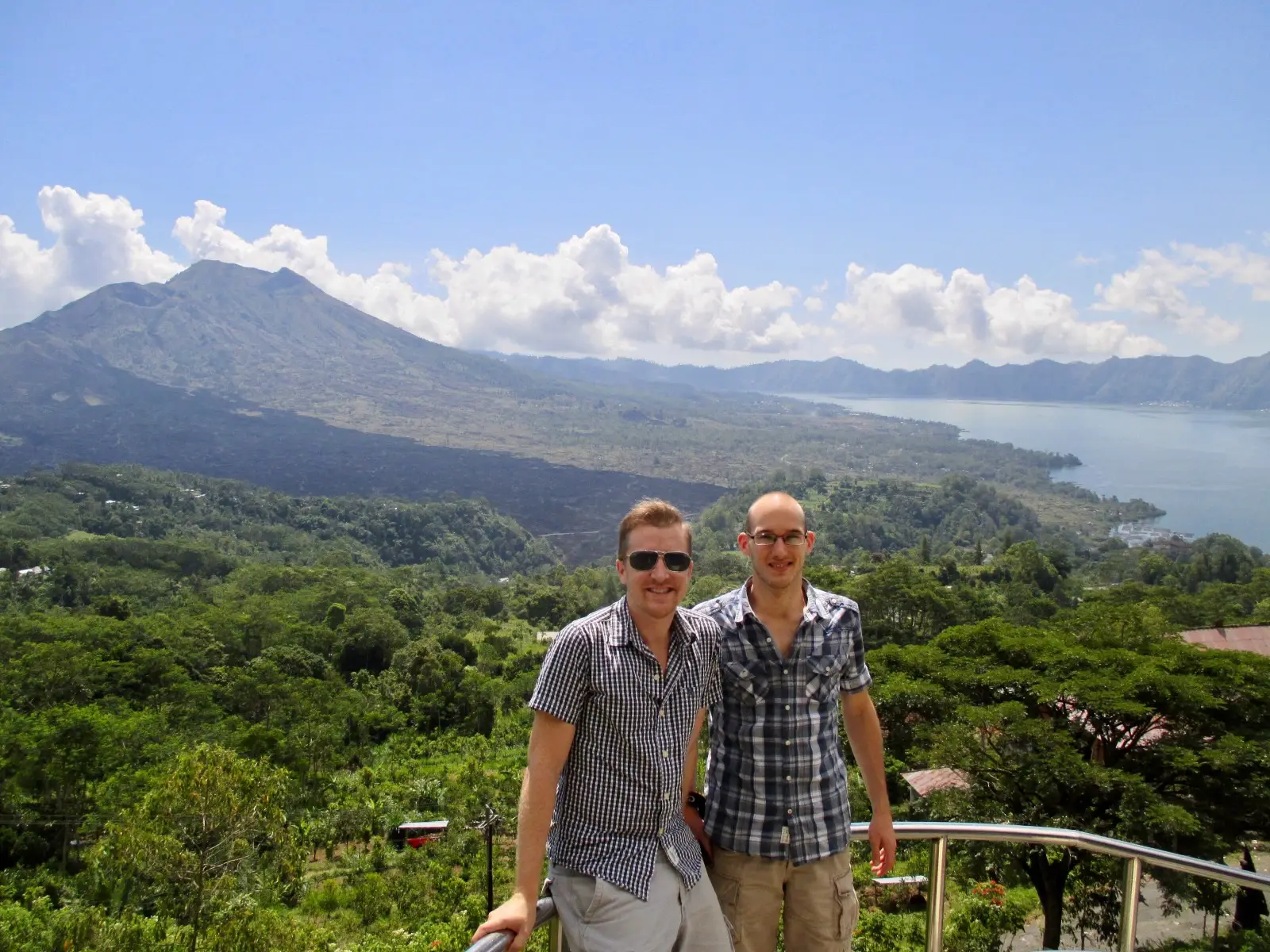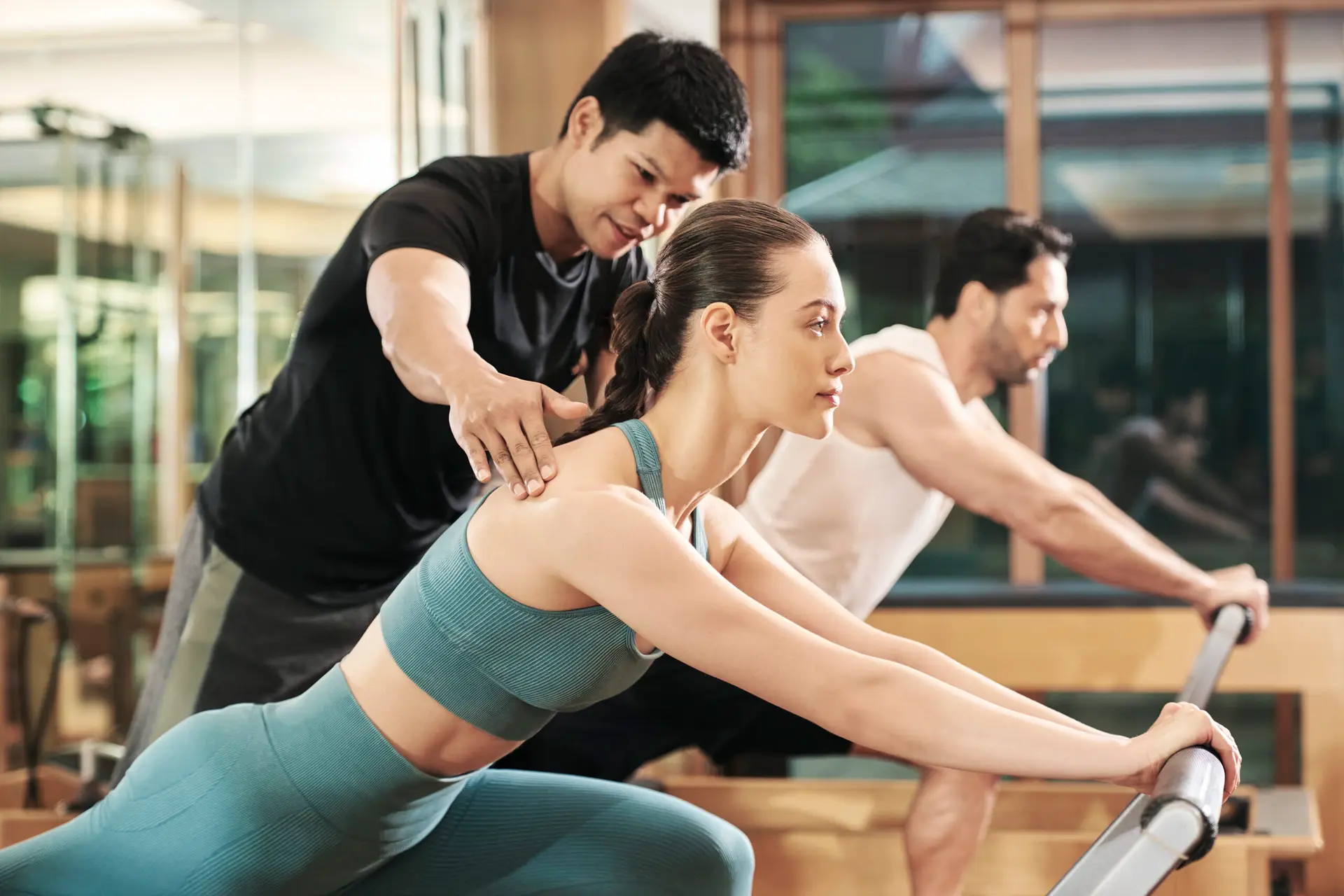Yoga is more than a form of exercise; it’s a comprehensive practice that encompasses physical postures, breathing techniques, meditation, and ethical guidelines. Originating in ancient India, yoga has evolved over thousands of years and branched into various styles, each with its unique focus and approach. Whether you seek physical strength, mental clarity, spiritual growth, or stress relief, there’s a type of yoga suited for everyone.
The Origins and Philosophy of Yoga
Yoga’s roots trace back to ancient India, with the earliest references found in the Rigveda, a collection of hymns composed around 1500 BCE. The practice evolved through various stages, influenced by Hinduism, Buddhism, and Jainism. The foundational text, the Yoga Sutras of Patanjali, written around 400 CE, outlines the eight limbs of yoga (Ashtanga), which serve as a guide to living a meaningful and purposeful life.
The eight limbs of yoga are:
- Yamas (Ethical Disciplines): Non-violence, truthfulness, non-stealing, continence, and non-greed.
- Niyamas (Observances): Cleanliness, contentment, discipline, self-study, and surrender to a higher power.
- Asanas (Postures): Physical exercises to prepare the body for meditation.
- Pranayama (Breath Control): Techniques to regulate the breath and energy flow.
- Pratyahara (Withdrawal of Senses): Drawing inward to focus the mind.
- Dharana (Concentration): Focusing on a single point or object.
- Dhyana (Meditation): Sustained concentration leading to a meditative state.
- Samadhi (Union): The ultimate goal of yoga, a state of oneness with the self and the universe.
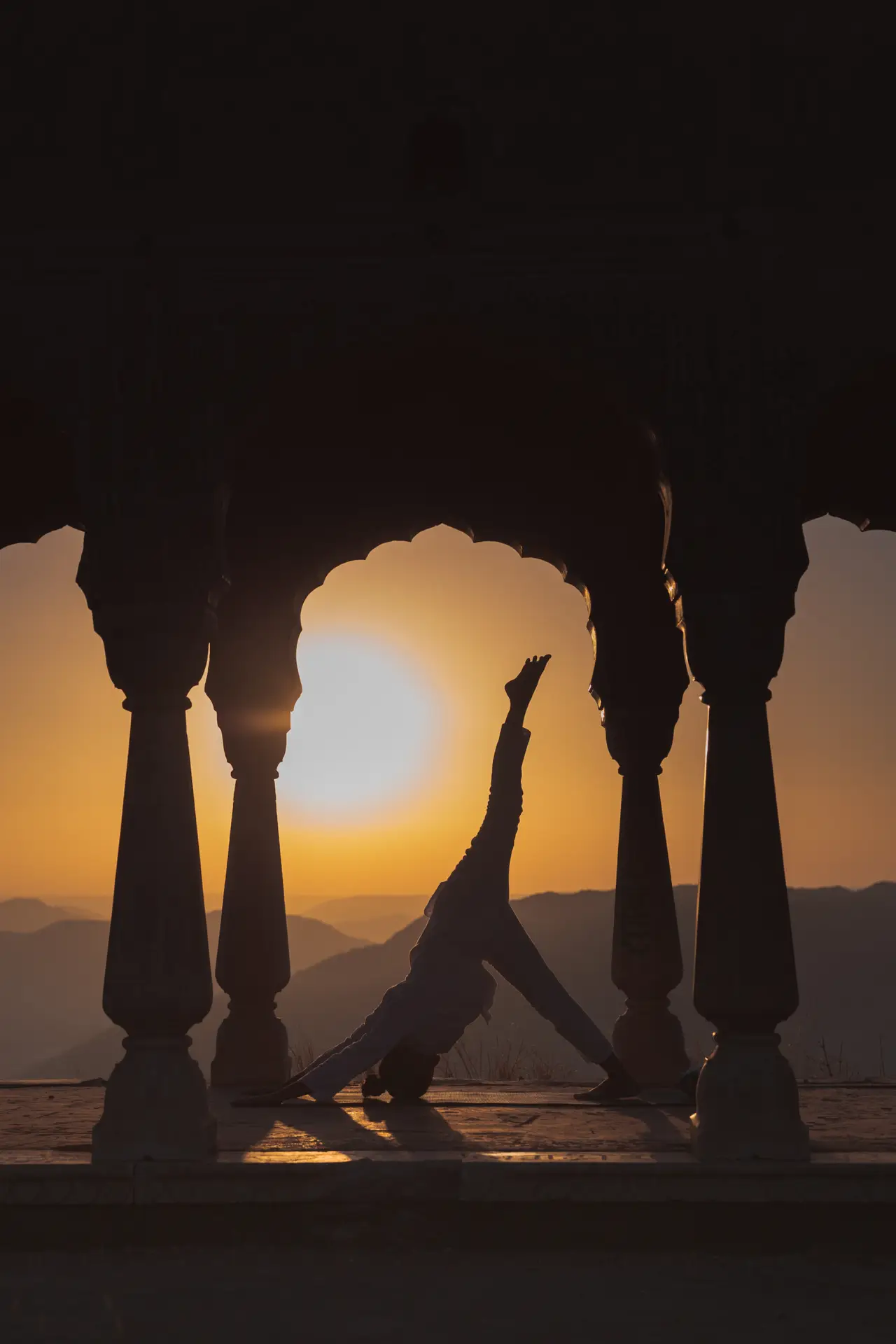
Exploring Different Types of Yoga
Hatha Yoga
Overview: Hatha Yoga is often considered the foundation of all yoga practices. The term “Hatha” combines “ha” (sun) and “tha” (moon), symbolizing the balance of opposites. It focuses on physical postures (asanas) and breath control (pranayama) to prepare the body and mind for meditation.
Key Characteristics:
- Asanas: Hatha yoga includes a variety of postures aimed at improving flexibility, strength, and balance.
- Pranayama: Emphasis on breathing techniques to enhance energy flow.
- Pacing: Generally slower-paced, allowing for longer holds in each posture.
- Benefits: Improves physical health, reduces stress, and prepares the mind for deeper spiritual practices.
Ideal For: Beginners and those looking to build a solid foundation in yoga.
Vinyasa Yoga
Overview: Vinyasa Yoga, often referred to as “flow” yoga, is characterised by its fluid transitions between poses, synchronised with the breath. It emphasises the connection between movement and breathing.
Key Characteristics:
- Flow: Continuous movement from one pose to another.
- Breath-Synchronised: Each movement is linked to an inhalation or exhalation.
- Variety: Sequences can vary widely, offering a dynamic and creative practice.
- Benefits: Enhances cardiovascular health, builds strength and flexibility, and improves coordination.
Ideal For: Individuals seeking a dynamic and invigorating practice.
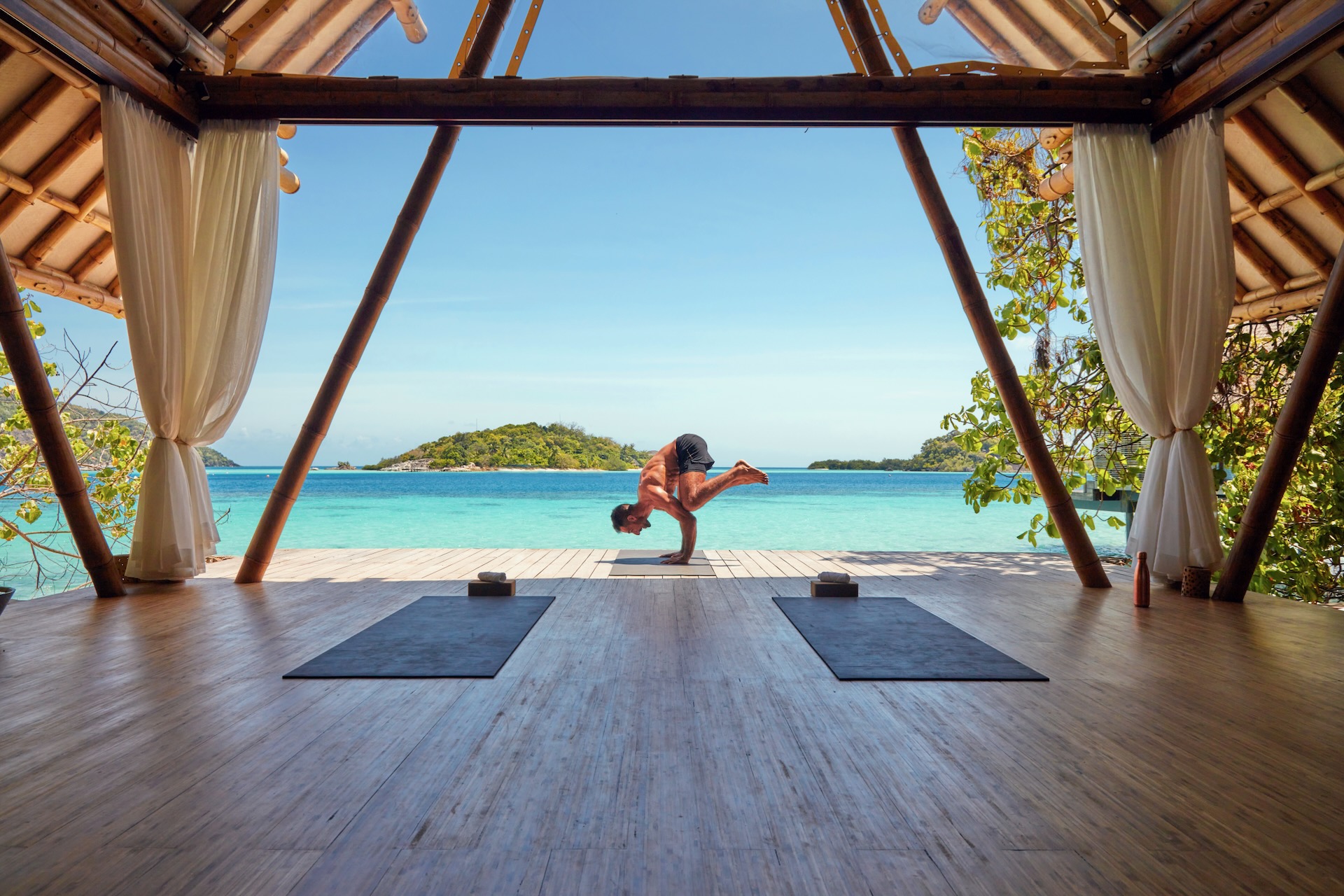
Ashtanga Yoga
Overview: Ashtanga Yoga is a rigorous and structured style of yoga that follows a specific sequence of postures. Founded by K. Pattabhi Jois, it is rooted in the philosophy of the Yoga Sutras.
Key Characteristics:
- Set Sequence: Practitioners follow a predetermined series of postures.
- Breath and Movement: Emphasis on breath control and fluid transitions.
- Intensity: Physically demanding, requiring strength, flexibility, and stamina.
- Benefits: Builds physical strength, endurance, and mental discipline.
Ideal For: Dedicated practitioners looking for a challenging and structured practice.
Bikram Yoga
Overview: Bikram Yoga, developed by Bikram Choudhury, is a form of hot yoga practised in a room heated to around 105°F (40°C) with 40% humidity. It consists of a specific sequence of 26 postures and two breathing exercises.
Key Characteristics:
- Heat: Practised in a heated environment to enhance flexibility and detoxification.
- Set Sequence: Same 26 poses performed in the same order every session.
- Duration: Typically 90-minute classes.
- Benefits: Increases flexibility, detoxifies the body, and builds stamina.
Ideal For: Individuals who enjoy a consistent, challenging practice in a heated environment.
Iyengar Yoga
Overview: Iyengar Yoga, developed by B.K.S. Iyengar, focuses on precise alignment and the use of props such as blocks, straps, and bolsters to achieve the correct posture.
Key Characteristics:
- Alignment: Emphasis on correct body alignment in each pose.
- Props: Use of props to assist in achieving and maintaining proper alignment.
- Attention to Detail: Instructors provide detailed instructions and adjustments.
- Benefits: Improves posture, increases awareness of body mechanics, and aids in injury recovery.
Ideal For: Those seeking a meticulous and therapeutic approach to yoga.
Kundalini Yoga
Overview: Kundalini Yoga, as taught by Yogi Bhajan, aims to awaken the dormant energy at the base of the spine through a combination of physical postures, breath control, chanting, and meditation.
Key Characteristics:
- Kriyas: Specific sequences of postures, breath, and sound designed to awaken Kundalini energy.
- Chanting: Use of mantras and chanting to focus the mind and elevate consciousness.
- Meditation: Integral part of the practice to cultivate awareness and spiritual growth.
- Benefits: Enhances spiritual awareness, increases energy, and promotes mental clarity.
Ideal For: Individuals interested in the spiritual and meditative aspects of yoga.
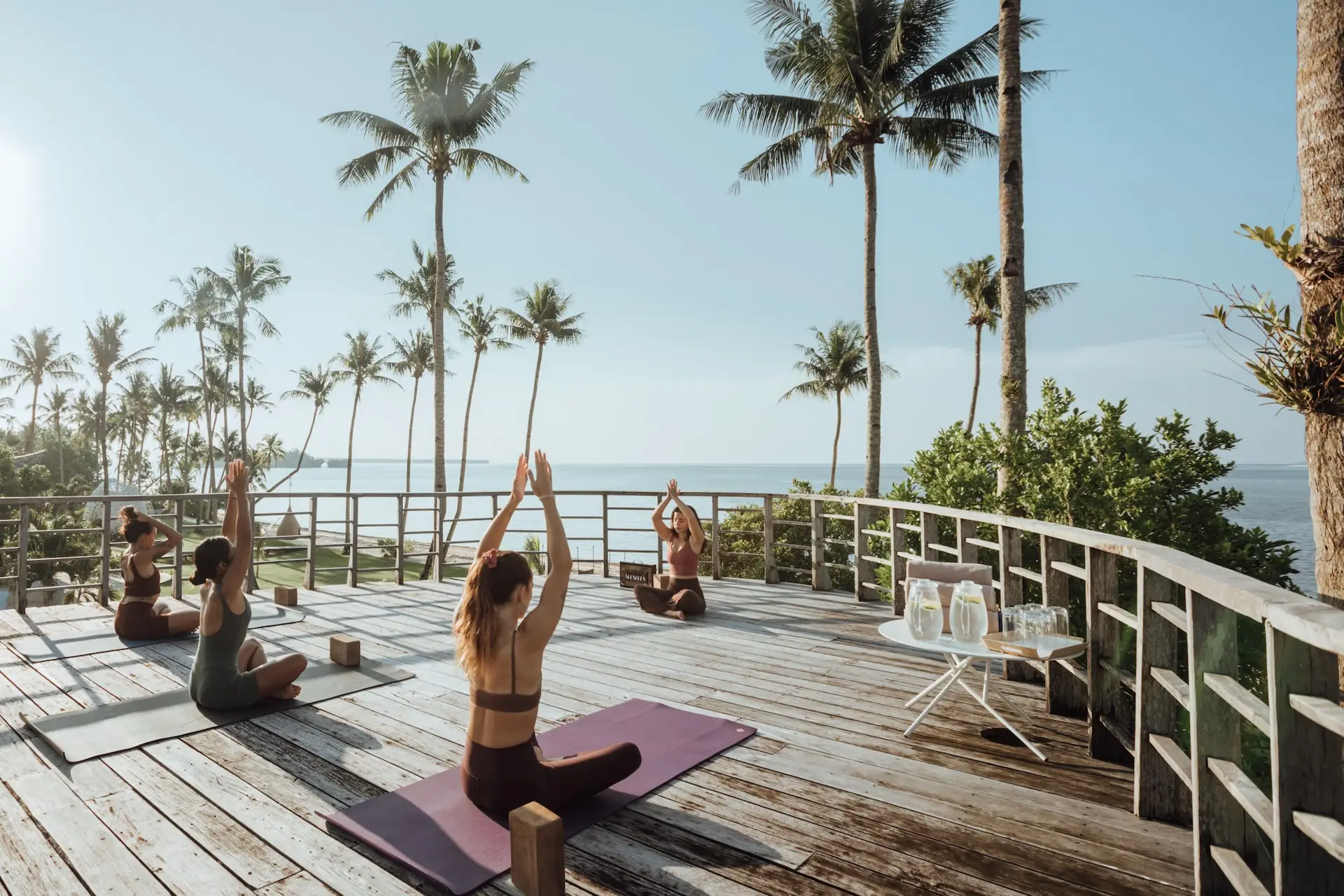
Restorative Yoga
Overview: Restorative Yoga is a gentle practice that focuses on relaxation and stress relief. It uses props to support the body in passive poses, allowing for deep relaxation.
Key Characteristics:
- Support: Extensive use of props to support the body.
- Long Holds: Poses are held for extended periods, often 5-20 minutes.
- Relaxation: Focus on deep relaxation and stress relief.
- Benefits: Reduces stress, promotes healing, and enhances overall well-being.
Ideal For: Those seeking a gentle, therapeutic practice for relaxation and stress relief.
Conclusion
Yoga is a diverse and rich tradition that offers something for everyone, regardless of age, fitness level, or spiritual inclination. From the dynamic flows of Vinyasa to the precise alignment of Iyengar, the intense heat of Bikram, and the deep relaxation of Restorative Yoga, each style provides unique benefits and experiences. Exploring different types of yoga can help you find the practice that best suits your needs and goals, leading to a balanced and fulfilling life. Whether you are a beginner or a seasoned practitioner, the journey of yoga offers endless opportunities for growth, transformation, and well-being.


